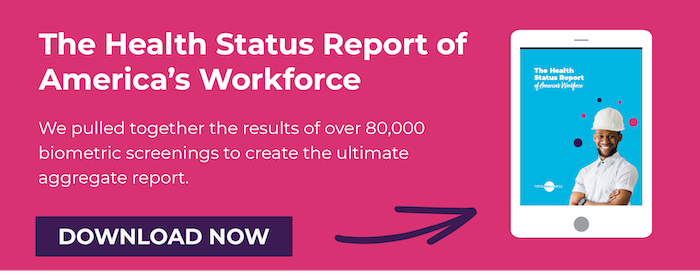While it can be a touchy subject, addressing drug use is a key component of workplace health and safety. With opioid abuse increasing at a startling rate of 500% in the last seven years, opioid misuse might be one of the biggest health threats to your workforce. In fact, the Centers for Disease Control and Prevention (CDC) has officially declared the abuse of prescribed medications in the U.S. an epidemic.
Opioids are a class of drugs that have morphine-like effects. This includes oxycodone, hydrocodone (Vicodin), codeine, morphine, and many others. Medical professionals prescribe opioids as a treatment for moderate to severe pain caused by workplace injuries, surgeries, or, in some cases, chronic pain. While these drugs are effective in treating pain, they can also produce euphoria or a high, which makes them more prone to abuse.

Using these prescriptions for anything other than its medical purpose is considered to be abuse. This abuse can include mixing the medication with alcohol or taking more than the recommended dose – leading to many health consequences and even death. According to the National Institute on Drug Abuse (NIDA), more than 90 Americans die after overdosing on opioids every day.
A recent report by the National Safety Council (NSC) offers some insight into U.S. employers’ perceptions about the current opioid epidemic. The report gathered information about employee prescription drug use, its effects in the workplace, and the policies employers can use to address the issue.
The NSC found that more than 70% of U.S. employers say they have been affected in some way by employee abuse of prescription drugs, including opioids. Among these findings:
- Nearly 40% of employers have experienced workers being absent or missing work because of prescription drug use.
- Nearly 40% report that their employees have used prescription pain relievers at work.
- Nearly 30% report that some workers have experienced decreased job performance because of prescription drug use at work.
This report shows the importance of addressing the opioid epidemic in the workplace. With more than half of the U.S population taking these prescription drugs, it’s likely that some of your employees might be misusing them. But what can employers do? Both employers and employees will benefit from taking a proactive approach to the opioid epidemic in the workplace. Here are some ways to address the epidemic:
Educate. It all starts with awareness. Offer training on how to properly identify the signs of prescription drug misuse. According to Mayo Clinic, signs of on-the-job prescription drug use that may affect work performance include:
- Poor decision-making skills
- Slowed breathing rate
- Confusion
- Drowsiness
- Excessive mood swings or hostility
- Appearing to be high, unusually energetic or revved up, or sedated
- Increase in missed deadlines and unusual amount of errors made at work
- Nausea
- Poor coordination
It’s also important to educate employees on the effects of opioid misuse. Include drug abuse in your existing employee wellness initiatives. Bring in a guest speaker to talk about the opioid epidemic or host a lunch-and-learn about the subject. Encourage employees to ask doctors for an alternative to opioids for pain relief or stick with over-the-counter medications for aches and pains.
Research from the NSC also showed that “for types of pain related to common workplace-related injuries, including soft-tissue injuries and musculoskeletal problems, opioids are not any more effective than non-opioid alternatives such as Tylenol, Advil or generic ibuprofen.” Once employees are better educated about opioids, they will be less likely to misuse these prescriptions or request them altogether.
Encourage a drug-free workplace. Craft a comprehensive drug-free workplace policy that includes opioids. Have employees tested regularly for any signs of drug use and be prepared to follow up with appropriate action. Check out this article for some helpful information and tips on creating a drug-free workplace.
Get employees help. If you are aware of any employees who might be struggling with prescription drug abuse, get them the help they need. Offer resources such as counseling or treatment options, and give them the time off they need to recover. Don’t scare employees into thinking they will lose their jobs for admitting they misuse opioids. Stay supportive and let employees know that their health is a priority to your company.
As it turns out, most employers are there to extend a helping hand in the opioid epidemic. The NSC research found that 70% of employers surveyed by the council said they would like to help employees who are struggling with prescription drug misuse, either by returning them to their position after appropriate treatment or ensuring they are carefully monitored for the duration of their employment.
Don’t let prescription drug abuse affect your employees and their work performance. Address the opioid epidemic, educate employees, and know the signs of drug misuse. Keeping your workforce drug-free will help maintain a productive, healthy, and happy workforce.
Have you addressed the opioid epidemic at your workplace? Comment below!
Click here for a printable version of this blog to share!
Image created by Freepik



